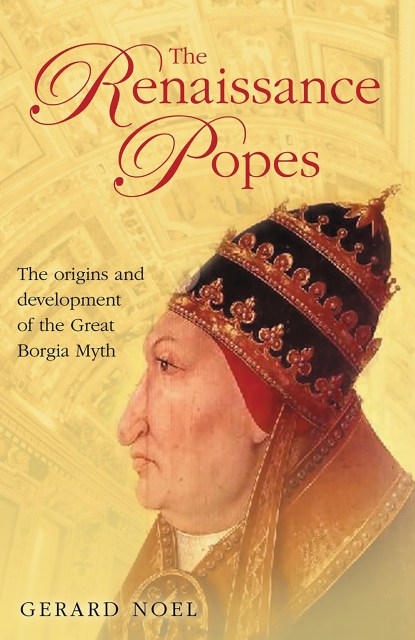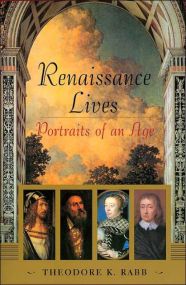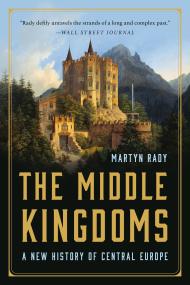By clicking “Accept,” you agree to the use of cookies and similar technologies on your device as set forth in our Cookie Policy and our Privacy Policy. Please note that certain cookies are essential for this website to function properly and do not require user consent to be deployed.
The Renaissance Popes
Statesmen, Warriors and the Great Borgia Myth
Contributors
By Gerard Noel
Formats and Prices
Price
$41.00Price
$52.00 CADFormat
Format:
Hardcover $41.00 $52.00 CADAlso available from:
- On Sale
- Nov 22, 2006
- Page Count
- 320 pages
- Publisher
- Basic Books
- ISBN-13
- 9780786718412
Newsletter Signup
By clicking ‘Sign Up,’ I acknowledge that I have read and agree to Hachette Book Group’s Privacy Policy and Terms of Use







